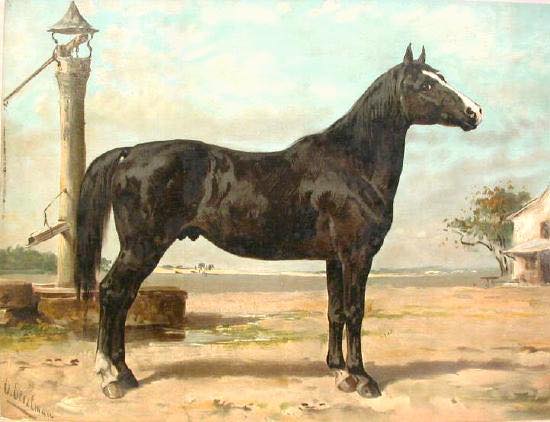The Nonius is a product of the 18th century aristocratic boom of heavy warmbloods (along with the Lippizaner, Kladruber, and other galakarosiers) that survives to this day. The typical color is bay and black, with little amounts of white. The Hungarian aristocracy wanted to create a breed that followed the trend of the Neopolitan /Iberian heavy horses that were ideal for pulling their elegant carriages or being a solid agile mount for different military purposes. As in other countries, Hungary created the state stud at Mezőhegyes (still around today) and started various breeding programs that helped develop the Nonius along with the Gidran and Furioso North Star breeds as well. The stud became incredibly successful, producing some of the most popular and sought after horses in Europe at that time and established Hungary as an equine breeding powerhouse that they continue to maintain to this day.
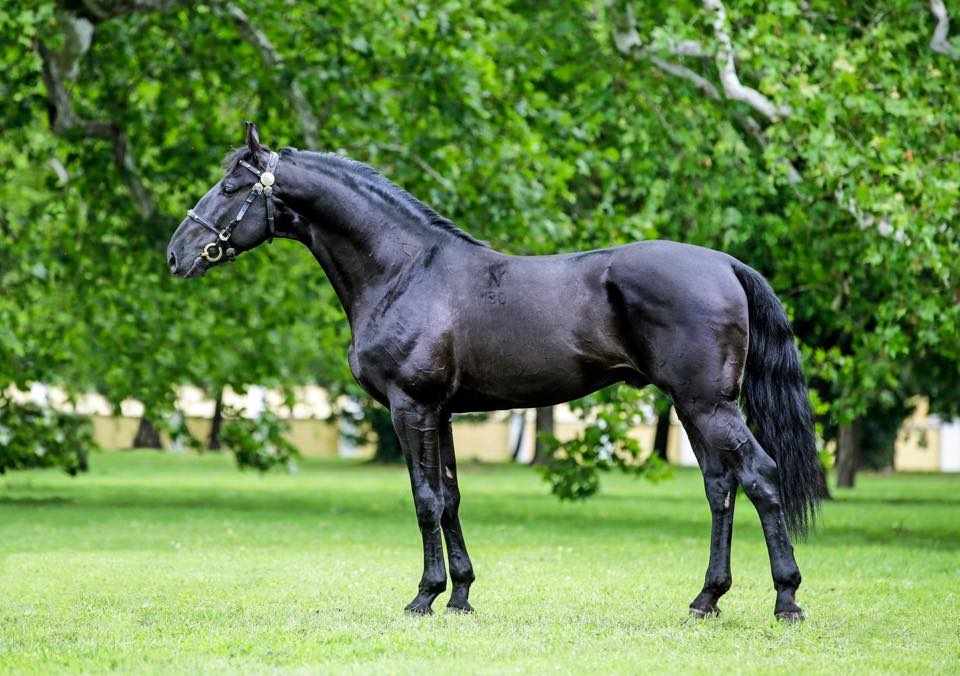 The Nonius is so named from its foundation stallion `Nonius Senior` who was actually born in Normandy France. There is some debate and uncertainty of his sire, whether it was a Thoroughbred, a Norfolk Trotter, or a combination of both. His mother however was a Norman mare, so the general consensus is that Nonius Senior was an Anglo Norman horse. During the Napoleonic Wars he was captured and brought to Hungary where he started his career. At first, he was considered very ugly, and did not show the type and ideal look the stud at Mezőhegyes wanted. They waited for quite sometime before allowing him to cover mares, however the foals that we`re produced ended up not being as unfortunate as their sire. After his first crop, he proved that he could produce incredible horses and for the next 22 years he covered mares of different types such as Arabs, Lippizaners, Thoroughbreds, and Spanish horses.
The Nonius is so named from its foundation stallion `Nonius Senior` who was actually born in Normandy France. There is some debate and uncertainty of his sire, whether it was a Thoroughbred, a Norfolk Trotter, or a combination of both. His mother however was a Norman mare, so the general consensus is that Nonius Senior was an Anglo Norman horse. During the Napoleonic Wars he was captured and brought to Hungary where he started his career. At first, he was considered very ugly, and did not show the type and ideal look the stud at Mezőhegyes wanted. They waited for quite sometime before allowing him to cover mares, however the foals that we`re produced ended up not being as unfortunate as their sire. After his first crop, he proved that he could produce incredible horses and for the next 22 years he covered mares of different types such as Arabs, Lippizaners, Thoroughbreds, and Spanish horses.
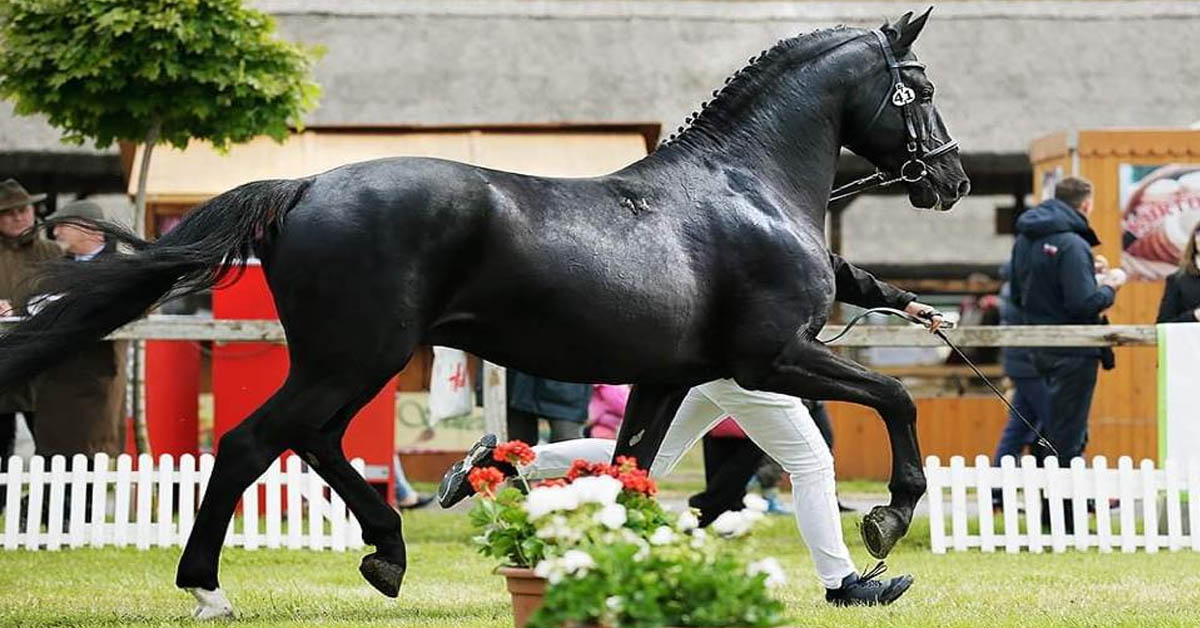
From then on, the breed started to become established and more selective and line bred until the polished final Nonius horse came to be. As time went on, political upheaval and other events affected the status of the breed. World War 2 as with many other breeds, nearly caused the breed to become extinct. By the time the war ended, 50 mares were left. Breeders at Mezőhegyes attempted to re establish the breed and by the mid 50s they doubled their number. However, the demand for horse meat created a different issue for the breed, and once again the overall population of Nonius horses began to suffer. In response, breeders decided to add more Arabian and Thoroughbred blood to attempt to make a lighter popular riding horse, however this was generally unsuccessful. Then, in the 70s, the sport of combined driving became very popular and the demand for heavy warmbloods came to be again. In 1989 a National Breed Association was formed, and the Mezőhegyes State stud became eligible for UNESCO status, which although they are not officially a part of, provided a level of security and protection for the breed and it`s historic birthplace.
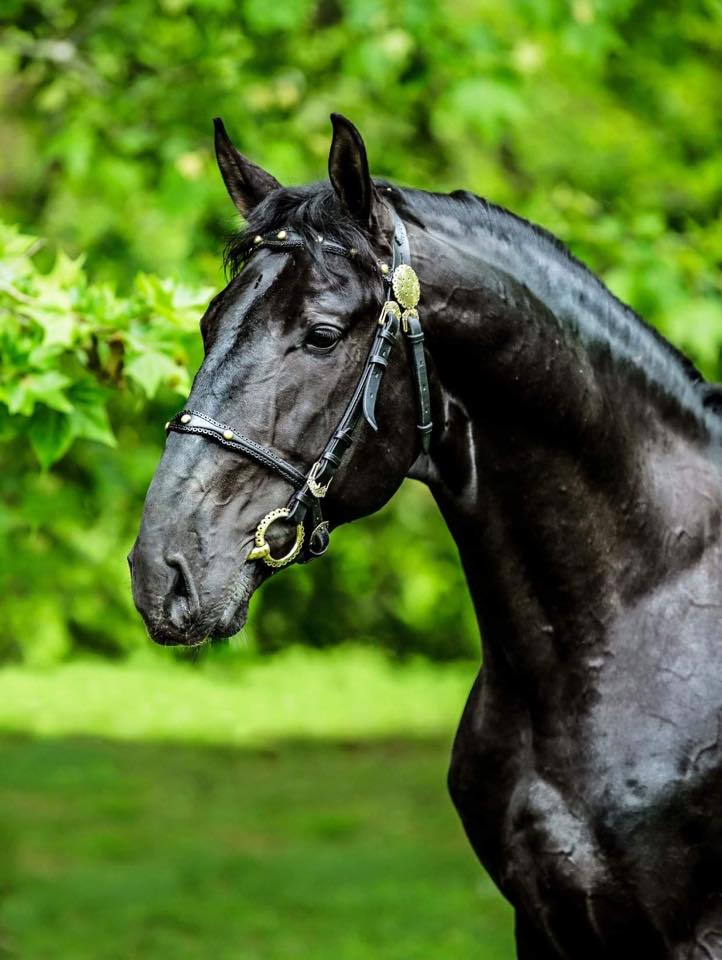 Today, the breed is popular in combined driving, agricultural work, general riding, dressage, and some show jumping. It is popular to cross them with other lighter breeds to produce a more competitive sport horse, however there are around 450+ of the original line being bred in Hungary and across Europe.
Today, the breed is popular in combined driving, agricultural work, general riding, dressage, and some show jumping. It is popular to cross them with other lighter breeds to produce a more competitive sport horse, however there are around 450+ of the original line being bred in Hungary and across Europe.
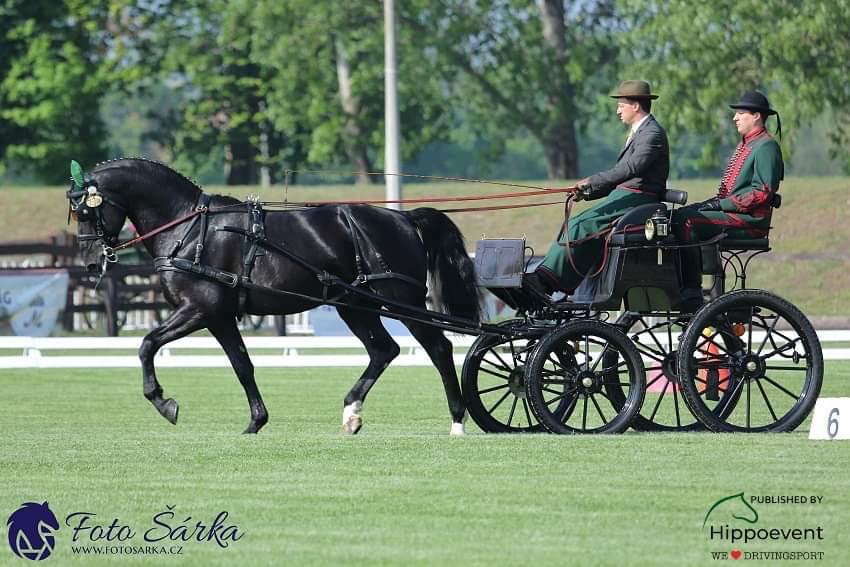

|

